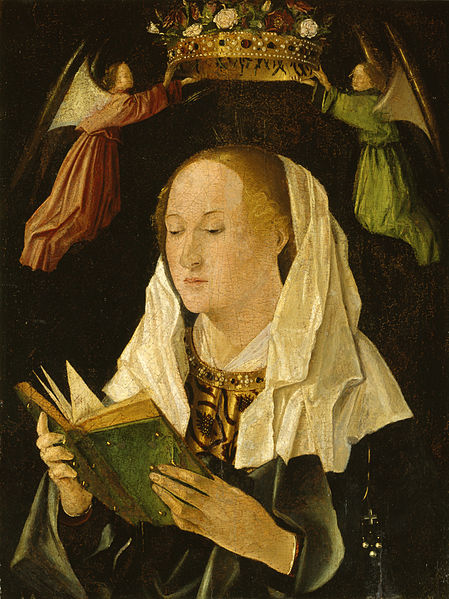Our Lady was the first Christian to celebrate Christmas. In the Advent meditation I ponder what her thoughts and feelings were as she marked this poignant anniversary in the years between the Ascension and her Assumption
“Historians are undecided about the date of the Nativity of our Lord although as a sort of reflex action they are almost unanimous in denying that it was 25 December as if giving credit to the wisdom of the Church was somehow a violation of their professional duty. Likewise there is some dispute about when the Catholics first started to celebrate this event as a dedicated Feast. Some say it was earlier and some later. What I think we can be fairly sure about though is that the Blessed Virgin Mary knew the date and that every year as it came around she would have pondered in her heart the events of the first Christmas and the significance which they bore. Of particular poignance for her must have been the Christmases which she marked in the years between her Son’s Ascension and her own Assumption. We cannot now enter into her thoughts, memories and prayers but we can consider those matters which most likely occupied her reflections and which perhaps should occupy ours also.
Our Lady was unique in many ways and led a unique life. Not the least singular facet of it was that she witnessed the death and burial of her Son, His return to life and His Ascension into heaven. These experiences could not but be present before the eyes of her memory every time she marked the anniversary of His birth. Each Christmas for her would be a kind of palimpsest where each recollection of an event or emotion from that night in Bethlehem would uncover a thousand thousand others associated with the life of her beloved Jesus...to read more click here





